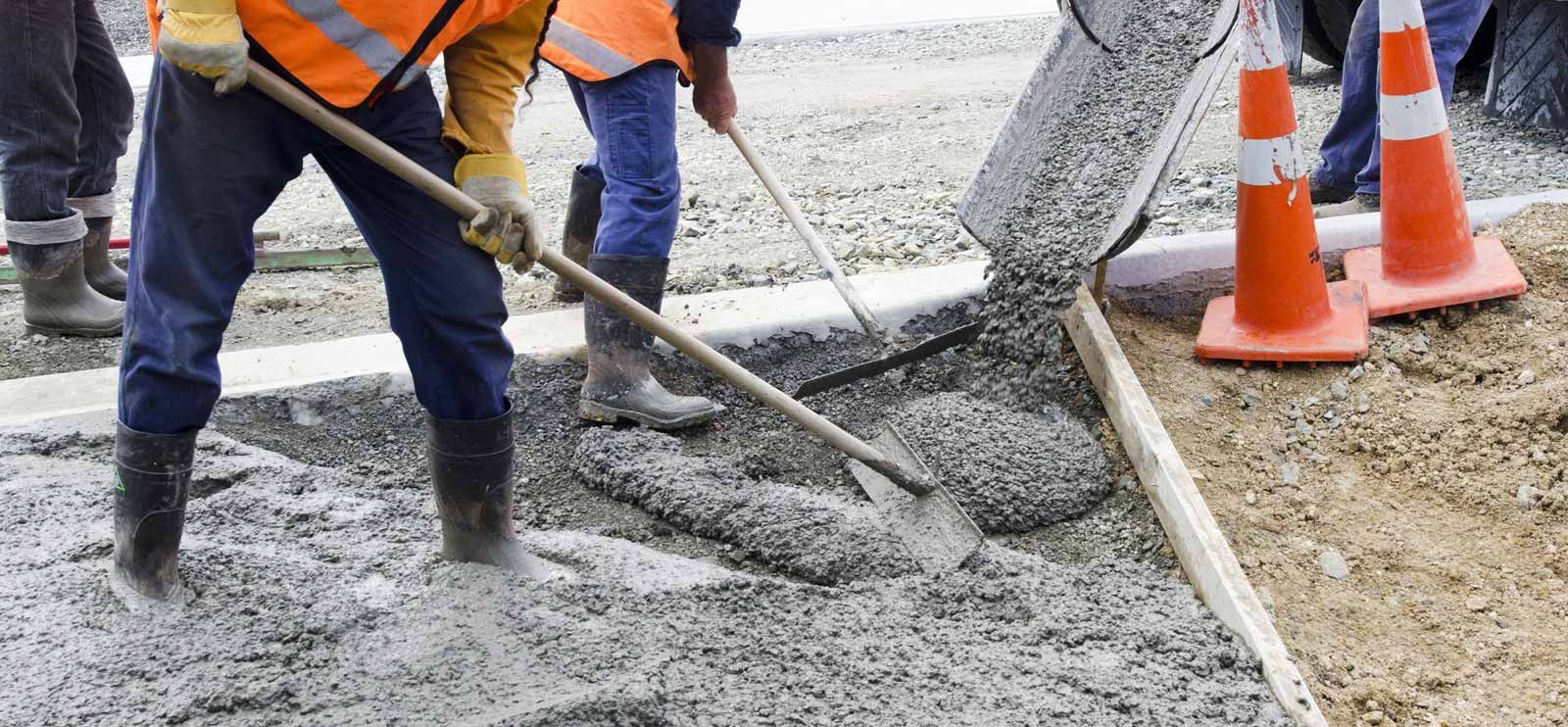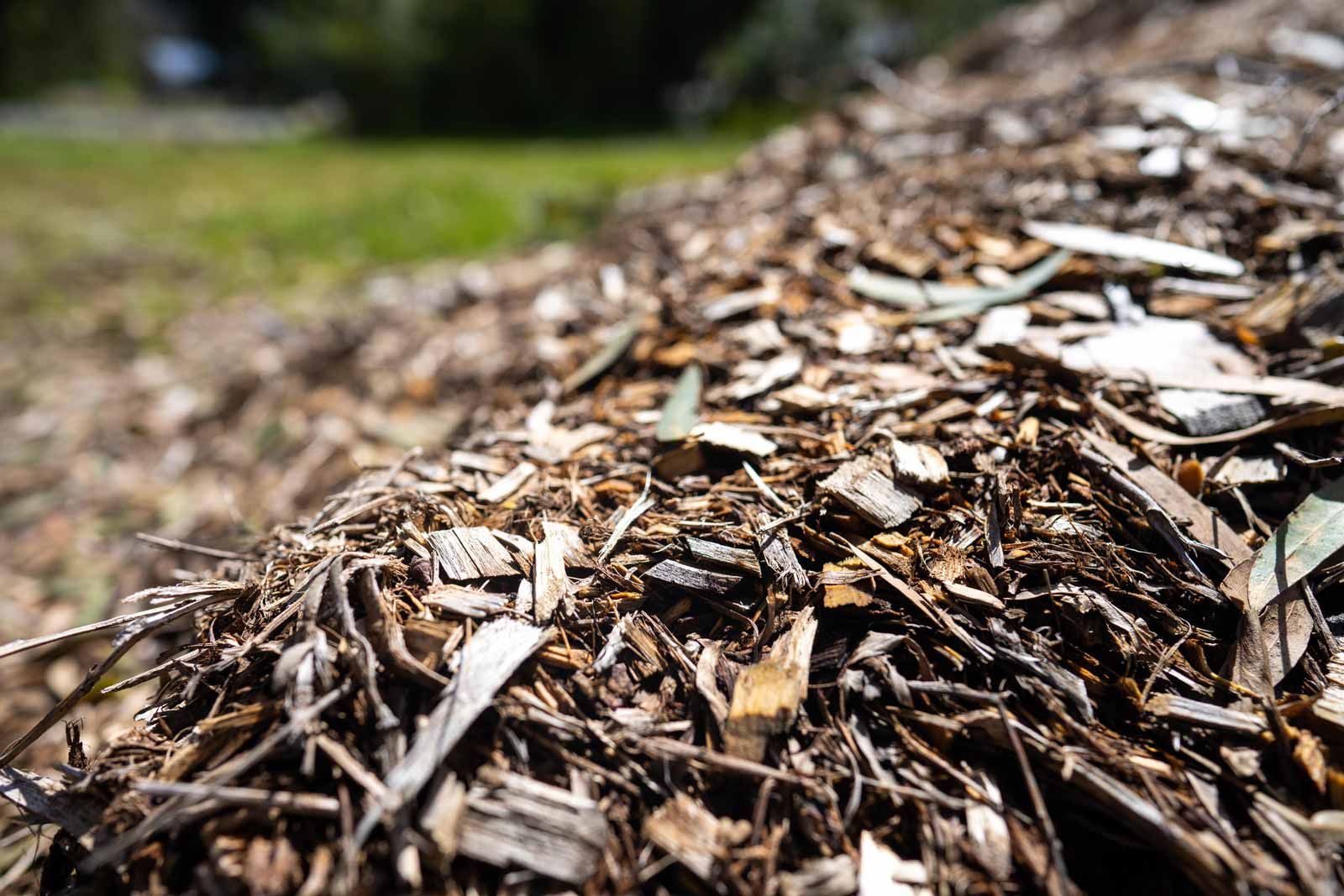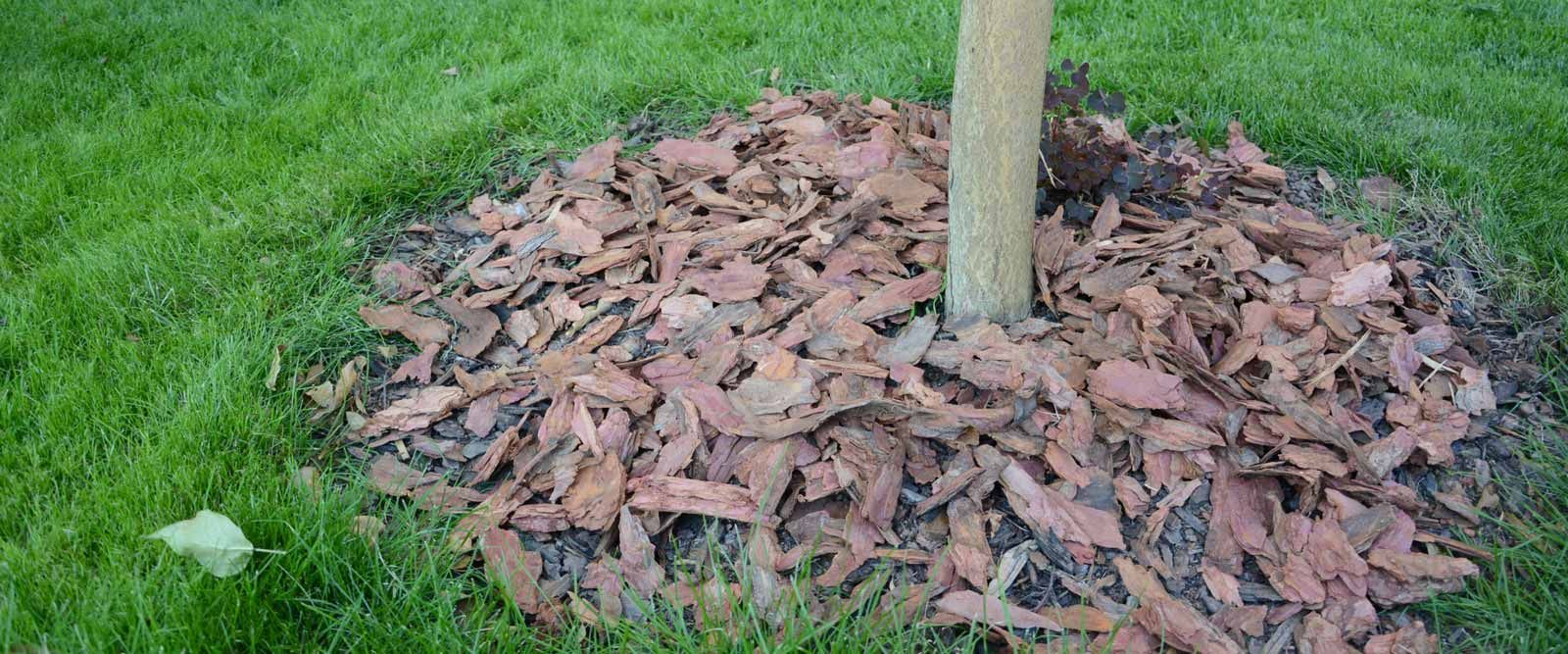How is mortar different from cement?
Mortar and cement are two crucial building materials that often get mixed up due to their similar functions. While they are related, they serve distinct purposes in construction. Mortar is a paste-like substance primarily used for binding together bricks, stones, or other building units to create structures like walls or masonry. It acts as the "glue" that holds these elements in place.
Defining the differences
Mortar and cement might seem interchangeable, but they have clear differences. Cement is the powdered ingredient that, when mixed with water, forms a binding agent. Mortar, on the other hand, is a mixture of cement, sand, and water. The sand provides bulk and workability to the mixture, while the cement acts as the binding element. Essentially, mortar is the end product you get when you combine cement and sand with water.
Finding common ground
While mortar and cement are distinct, they share a vital connection. Mortar is a product of cement and is a crucial component in construction. Think of cement as the key ingredient, while mortar is the final recipe. Mortar has various types, such as Type N, S, M, and O, each designed for specific applications based on factors like load-bearing capacity and weather resistance.
Find your cement products at SEQ Landscape Supplies
For your next landscaping or construction project, look no further than SEQ Landscape Supplies. We provide high quality materials to ensure your projects stand strong and true. For more information on our mortar and cement products, or to place an order for your Eagleby project, contact us today.
Additional FAQs
-
Is mortar stronger than cement?
Mortar isn't inherently stronger than cement alone. It gains strength from the cement within it. The combination of cement and sand in mortar provides the necessary bonding and load-bearing properties.
-
How thick can mortar be poured?
Mortar thickness depends on the specific project. In general, it can vary from about 1/4 inch to 3/4 inch. Thicker applications are possible for special cases, but the thickness should be appropriate for the purpose.
-
Can I use mortar to fill cracks in concrete?
Yes, mortar can be used to fill cracks in concrete. It helps seal the cracks and restore the structural integrity of the concrete. However, for larger cracks or significant damage, it's advisable to consult the professionals at SEQ Landscape Supplies.

1 Quarry Rd, Stapylton QLD 4207 Australia
Trading Hours
- Mon - Fri
- -
- Saturday
- -
- Sunday
- Closed
© 2023 SEQ Landscape Supplies.
Information












